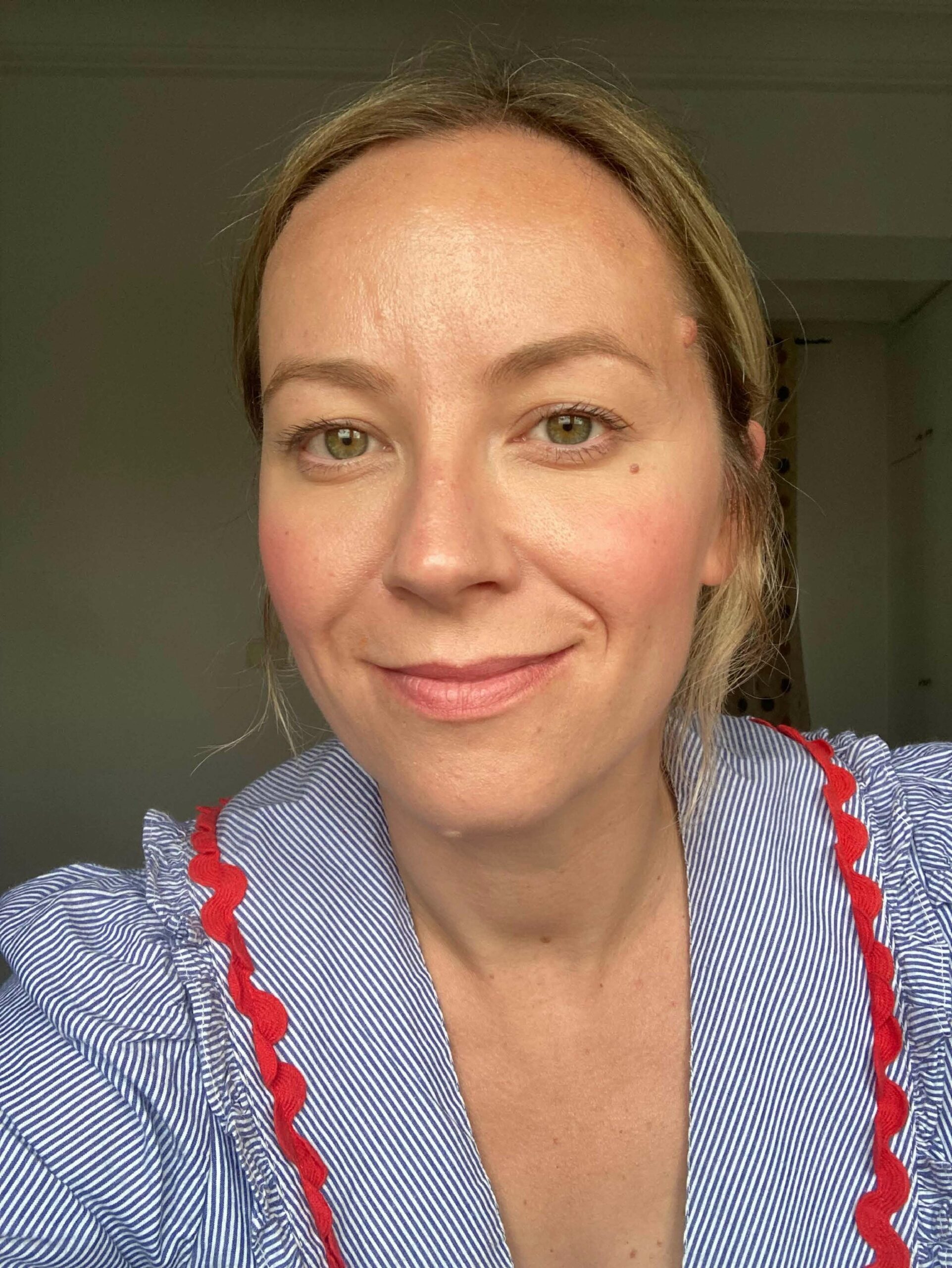
Sophia Hafsluns
I'm a Creative Therapist and EMDR therapist experienced in working with adults and children with diverse needs, experiences and challenges.
Therapy is not about changing who we are, more a process of owning and embracing our whole-selves, messy bits and all.
Welcome, as you are. I’m Sophia.
I’m a Creative Therapist and EMDR therapist experienced in working with adults and children with diverse needs, experiences and challenges. I have over ten years experience work as a therapist in a range of settings including: NHS in a specialist Eating Disorders Service, NHS Child and Adolescent Mental Health Service (CAMHS), schools, specialist schools and higher education.
I’m a trauma-responsive therapist, trained in EMDR (Eye Movement Desensitisation and Reprocessing Therapy), a specialist, evidenced-based therapy for trauma and PTSD that helps to alleviate the distress associated with traumatic memories.
My Philosophy:
Therapy is for everyone; it is a safe-space where we can connect with our-selves and explore our personal stories away from the noise of our busy daily lives. Therapy is a place where we can develop our self-expression and find personal practices and rituals that support us to navigate challenges and maintain our physical, emotional and mental well-being.
When we feel stuck and alone with difficulties that we face, therapy can help to shine a light on the internal resources wisdom that we have to support us to navigate these challenges and to discover self-compassion, self-awareness and self-acceptance.
Central to my practice is the belief that understanding and finding compassion for all parts of ourselves is key to alleviating distress and living as our authentic selves.
My approach
My approach is empathic, non-judgemental and collaborative; using individuals’ natural creativity to explore and connect with their stories, bodies and feelings to move towards greater self-awareness and freedom from barriers to well-being.
Just like us, everyone’s therapeutic journey will be completely unique. I follow each clients’ specific needs and individual creativity to explore their stories through talking, creative therapy tools such as drawing and writing, body-work and movement, visual and arts inspired self-expression.
I have a whole-person approach that encourages tuning-in with your body, listening to what is being communicated and find ways to express, celebrate and take care of you whole-self.
Working creatively can support us to:
-
express and explore our inner worlds, beyond words;
-
regulate our emotional states by calming our nervous system through engagement in creative processes;
-
connect with our natural creativity that is linked to our intrinsic ability to self-heal;
-
supports to contain difficult or painful experiences and offers distance from which to process them. This can help us to feel less ‘stuck’ with our problems or difficulties.
An individual session may take the following structure: check-in to explore what you bring to the therapy space today, movement into verbal or creative exploration of what you bring, finishing with a reflective check-out before ending. You may have specific goals or objectives for your therapy or you might prefer to use it as a space to process what feels important for each session – either way you are welcome to come as you are.
Initially we will work on strategies that support you to feel safe and present, in your body and in your environment. We will begin processing memories once this is established.
Throughout our sessions we will look at how you are experiencing a natural response to trauma and discover strategies and techniques that support you to ground and regulate your emotional states.
In processing sessions, you will be asked questions about a memory that you have chosen to work on. Eye movements, similar to those during REM sleep, will be recreated simply by asking you to follow the movement of your therapists’ hand or dots on a screen or movement of light on a light bar. Alternative methods such as sounds through headphones or tapping can be used, whichever works best for you.
Additional Details
- Drama Therapy, EMDR, Psychodynamic
- 30-50
- Individual, Online
- African American
- Yes
- 2014
- English
- Female

